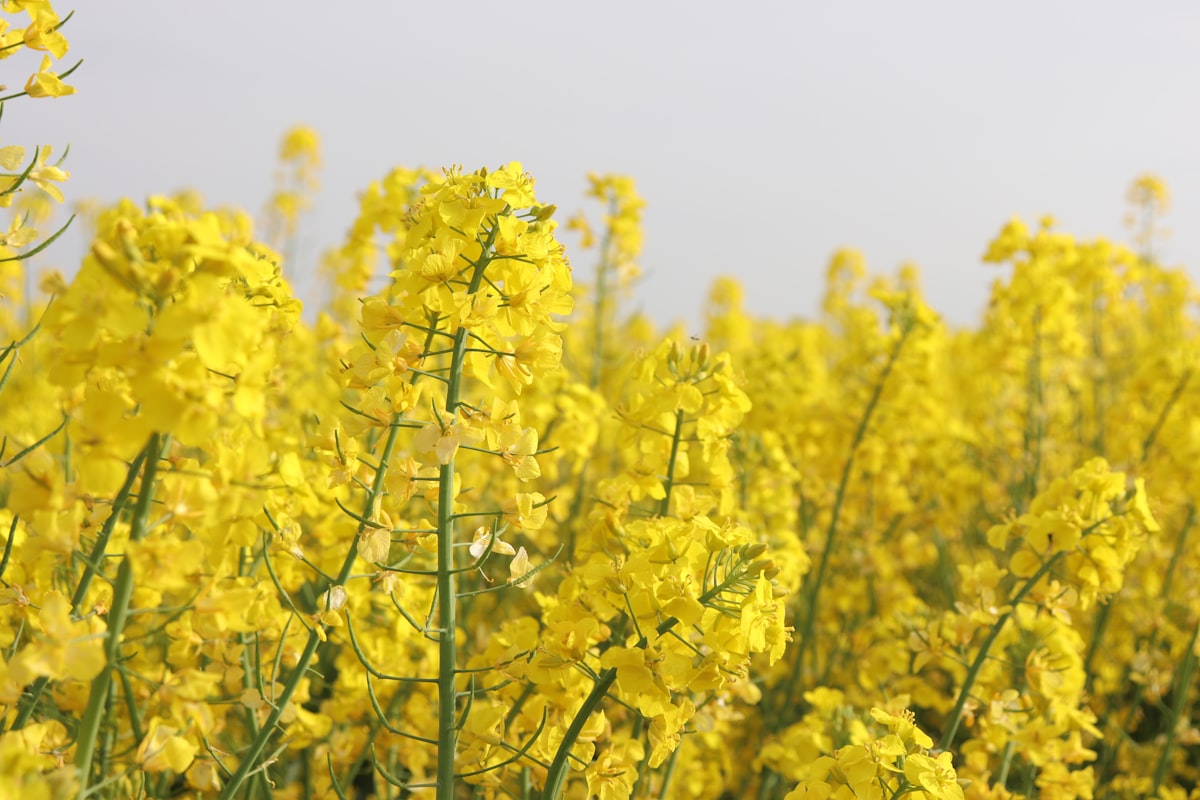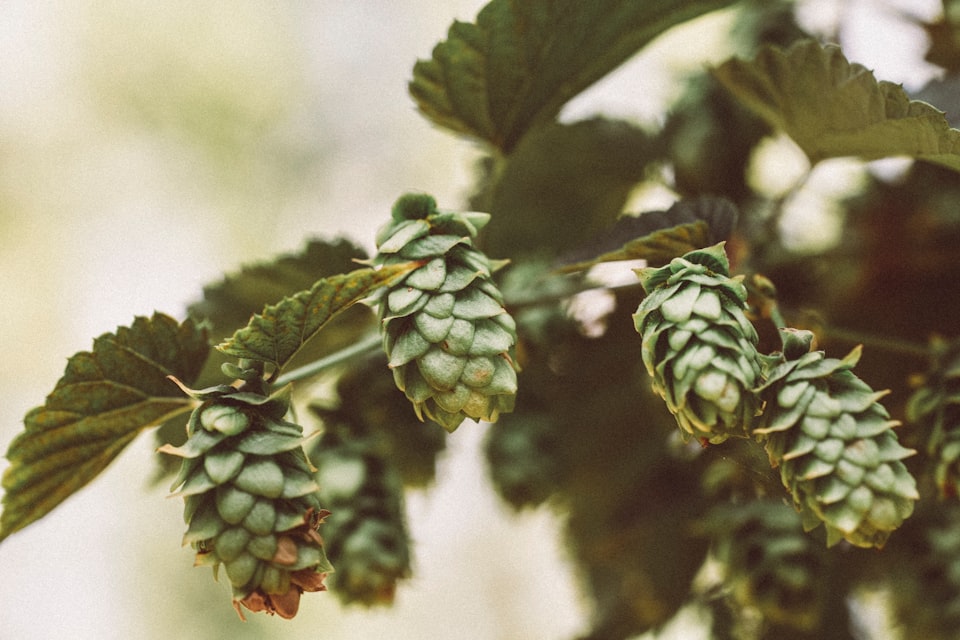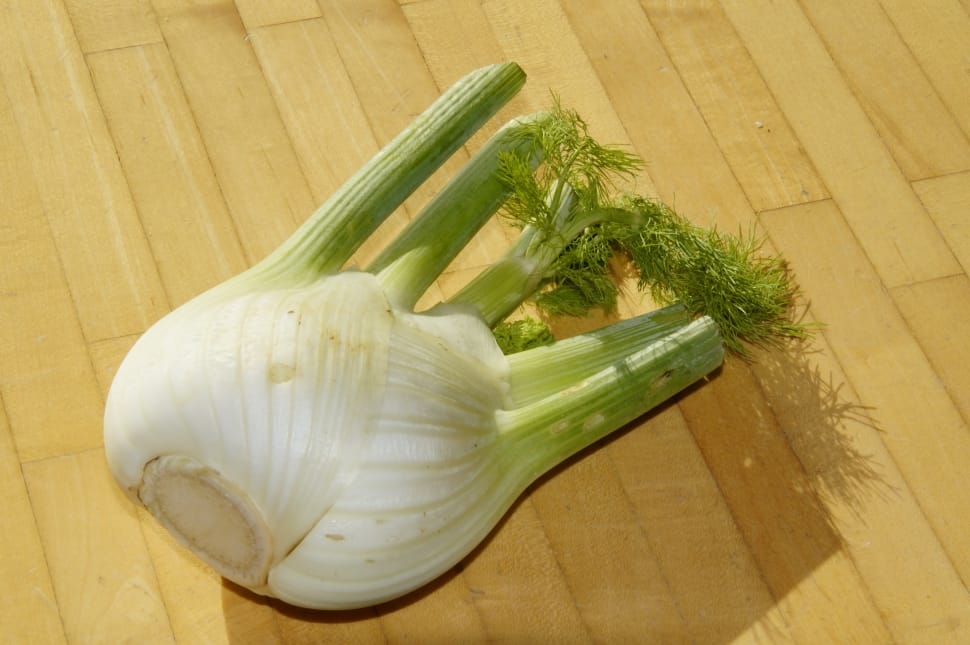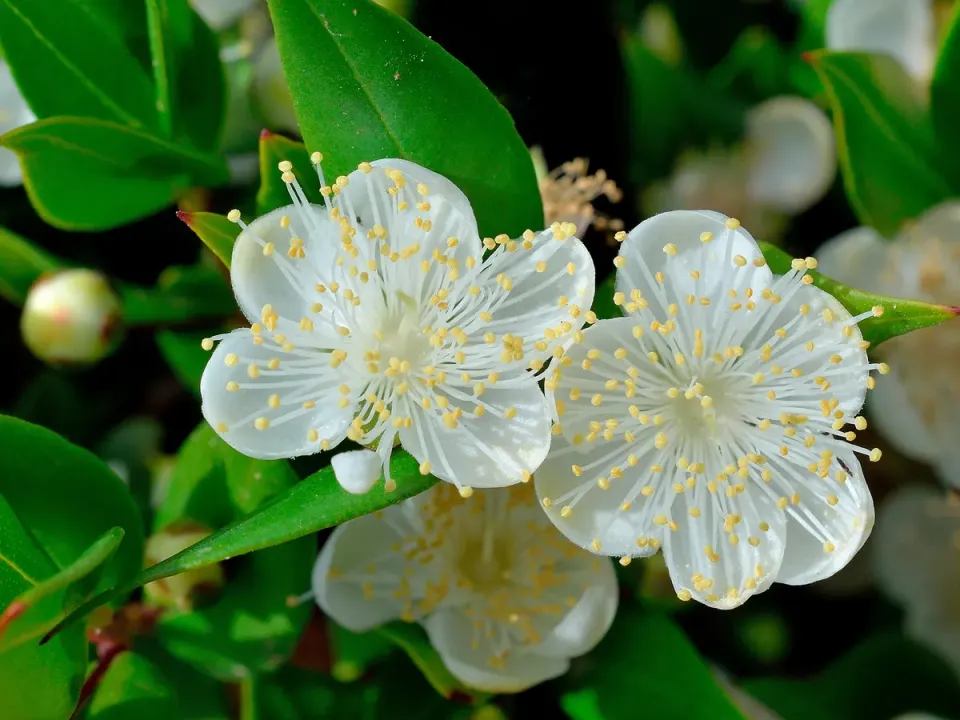VII: Rapeseed
The promise and potential hazard of biodiesel crops.

Good morning. Today is septidi, the 27th of Thermidor, Year CCXXXI. We celebrate le colza, an herb in the mustard family mainly grown for its seed oil.
From time to time in this newsletter, we've identified certain trees and plants that have potential biofuel energy, and the promise that planting and harvesting more of them will have for the planet. Right now, the primary sources of biodiesel for jet and truck fuel are corn and soy, crops already widely grown for food (human and animal). The third-biggest crop at the moment is rapeseed, which was deeply established as a farm crop thanks to its cooking oils, but is returning to its original industrial purposes for the ability to convert rapeseed oil to diesel fairly cheaply (compared to more high-yield experiments with, say, poplars). In general, biofuel burns more cleanly than fossil fuel, so its surface potential to decrease the amount of carbon we release into the atmosphere is clear. But increasingly, scientists are questioning the overall carbon neutrality of biodiesel, and whether or not other environmental trade-offs are undoing the basic engine exhaust improvements.



